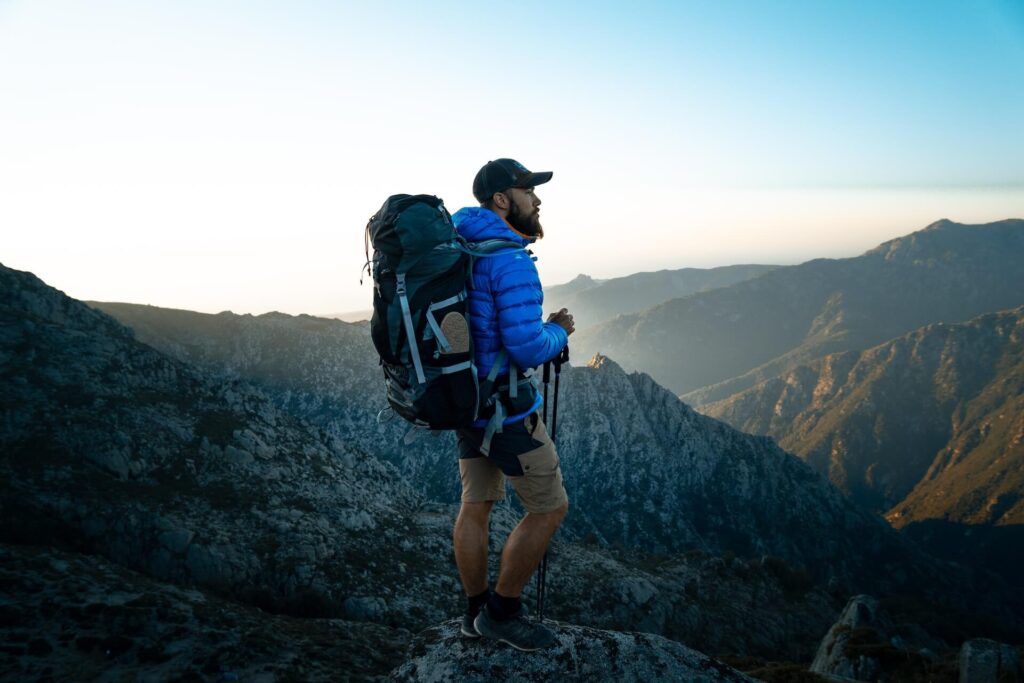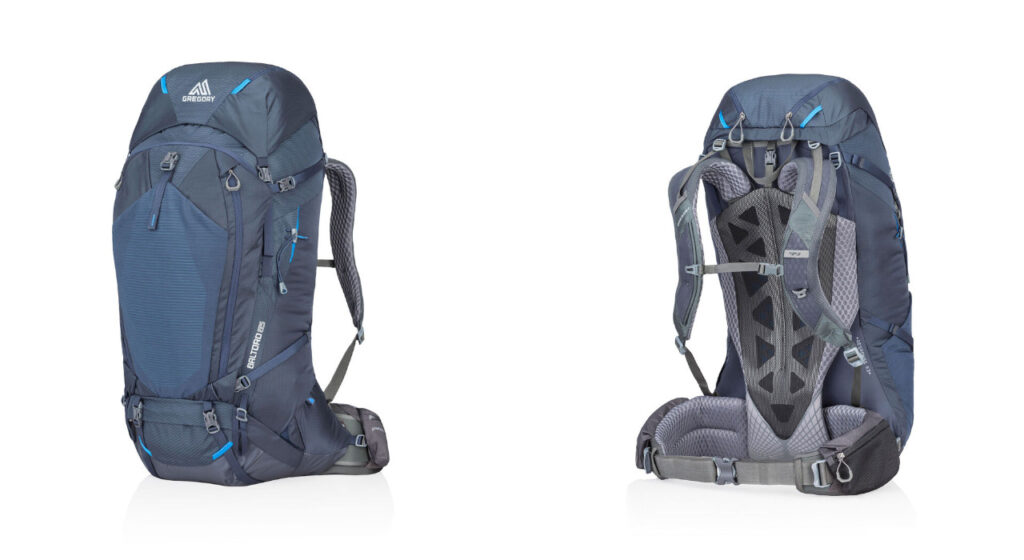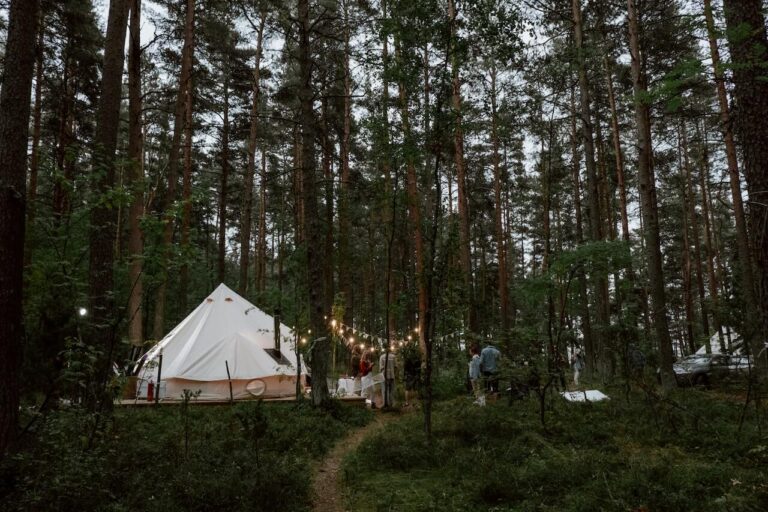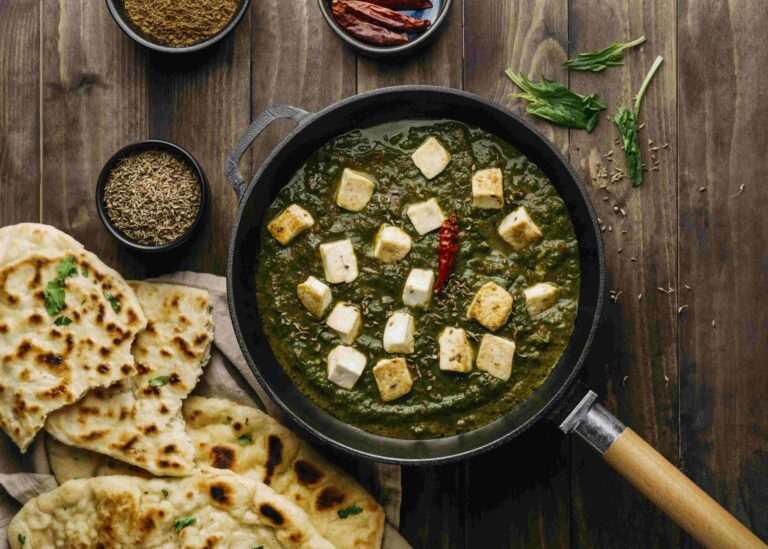
Introduction: backpacks for camping and trekking
When it comes to outdoor activities such as camping and trekking, having the right backpack is crucial. A well-chosen outdoor backpack can greatly enhance your comfort, convenience, and overall enjoyment of your outdoor adventures. In this section, we will discuss the importance of choosing the right backpack for outdoor activities and highlight the key factors to consider when selecting an outdoor backpack.
Importance of choosing the right backpack for outdoor activities:
Selecting the right backpack is essential for outdoor activities as it serves as your mobile storage unit, carrying all your gear, food, water, and other essentials. It not only keeps your belongings organized but also distributes the weight evenly, making it easier to carry for extended periods. A poorly chosen backpack can result in discomfort, pain, and even injuries, hampering your overall outdoor experience.
Types of Outdoor Backpacks
Outdoor backpacks come in various types, each designed for different purposes and outdoor activities. Let’s take a closer look at some of the most common types of outdoor backpacks:
Daypacks for short hikes and day trips:
Daypacks are small backpacks with a capacity of around 10 to 30 liters and are ideal for short hikes, day trips, or outdoor activities that don’t require overnight stays. They are lightweight, compact, and usually have minimal padding and suspension system as they are designed for lighter loads.
Daypacks typically have one or two main compartments, along with a few pockets for organization. They are perfect for carrying essentials such as water bottles, snacks, extra clothing, and other small items for a day of outdoor adventure.
Backpacking backpacks for multi-day camping and trekking adventures:
Backpacking backpacks, also known as overnight backpacks or multi-day backpacks, are designed for longer trips that require carrying camping gear, food, water, and other essentials for multiple days. They typically have a larger capacity, ranging from 30 to 70 liters or more, depending on the duration and type of trip.
Backpacking backpacks are more robust, with a sturdy suspension system, ample padding, and adjustable straps for comfort and load distribution. They often have multiple compartments, pockets, and attachment points for organizing gear and improving accessibility. Backpacking backpacks are ideal for camping, trekking, and backpacking adventures where you need to carry all your gear and supplies for an extended period of time.
Expedition backpacks for extreme outdoor expeditions:
Expedition backpacks are designed for extreme outdoor expeditions that require carrying heavy loads and enduring harsh conditions. They have a very large capacity, typically over 70 liters, and are built to withstand extreme weather conditions, rugged terrains, and heavy use. Expedition backpacks are made from durable materials and feature a robust suspension system with ample padding for carrying heavy loads comfortably.
They often have specialized features such as reinforced attachment points, daisy chains, and gear loops for carrying mountaineering equipment, ice axes, or ropes. Expedition backpacks are suitable for mountaineering, winter camping, and other extreme outdoor adventures that demand exceptional durability, performance, and organization.

Tips for Choosing the Right Outdoor Backpack
Selecting the right outdoor backpack is crucial for a comfortable and enjoyable outdoor adventure. Here are some tips to consider when choosing an outdoor backpack:
- Determining the appropriate capacity and volume for your needs: The capacity of a backpack refers to the amount of gear and supplies it can hold. Consider the duration and type of your outdoor activity to determine the appropriate capacity for your backpack. Daypacks typically have a smaller capacity of 10 to 30 liters, while backpacking backpacks range from 30 to 70 liters or more, and expedition backpacks have capacities over 70 liters. Choose a backpack that can comfortably hold all your gear and supplies without being too bulky or heavy.
- Considering the weight and size of the backpack for your comfort and mobility: The weight and size of the backpack are important factors to consider for your comfort and mobility during outdoor activities. A heavy backpack can cause strain on your back, shoulders, and hips, while an overly large backpack may hinder your movement. Look for a backpack that is lightweight and appropriately sized for your body frame and outdoor activity.
- Evaluating the material and durability based on the type of outdoor activity: The material and durability of the backpack are crucial for its performance and longevity. Consider the type of outdoor activity you will be engaging in and choose a backpack made from durable materials that can withstand the demands of the activity. For example, backpacks made from high-quality nylon or polyester are generally durable and water-resistant, making them suitable for various outdoor activities.
- Trying on and adjusting the suspension system and padding for proper fit: The suspension system and padding of the backpack play a significant role in providing comfort and load distribution. Try on the backpack and adjust the shoulder straps, hip belt, and sternum strap to ensure a proper fit. The backpack should sit comfortably on your hips, with the weight evenly distributed across your shoulders and back. A well-fitting backpack will reduce strain and discomfort during long hikes or treks.
- Assessing the accessibility and organization features based on your preferences: Consider the accessibility and organization features of the backpack based on your preferences and needs. Look for backpacks with multiple compartments, pockets, and attachment points that allow you to easily organize and access your gear. Some backpacks also have specialized pockets or compartments for water bottles, laptops, or other specific items. Choose a backpack with features that align with your preferences and requirements.
- Checking for waterproofing and weather resistance for outdoor adventures: If you’ll be engaging in outdoor activities where you may encounter rain, snow, or other wet conditions, consider a backpack with waterproofing or weather-resistant features. Look for backpacks with water-resistant zippers, coated fabrics, or rain covers to protect your gear from moisture and keep it dry.
- Considering additional features such as compression straps and attachment points: Additional features such as compression straps, attachment points, and daisy chains can be beneficial for securing gear, attaching equipment, and improving the overall functionality of the backpack. Consider the specific needs of your outdoor activity and look for backpacks with additional features that can enhance your experience.
Choosing the right outdoor backpack is essential for a comfortable and enjoyable outdoor adventure. Consider factors such as capacity, weight, material, fit, accessibility, waterproofing, and additional features to make an informed decision. Taking the time to research and try on different backpacks will help ensure that you find the perfect backpack that meets your needs and enhances your outdoor experience.
Top Outdoor Backpack Brands and Models
When it comes to outdoor backpacks, there are several reputable brands that offer high-quality backpacks designed for camping and trekking. Here is a review of some popular outdoor backpack brands and their top models, along with a comparison of features, specifications, and prices, as well as the pros and cons of each backpack for camping and trekking.

1. Osprey
Osprey is a well-known brand in the outdoor industry, known for its durable and innovative backpacks. Their backpacks are designed with a focus on comfort, fit, and functionality. One of their top models is the Osprey Atmos AG 65, which is a backpacking backpack with a capacity of 65 liters. It features an Anti-Gravity (AG) suspension system that provides excellent comfort and support, along with adjustable torso length, multiple pockets for organization, and a removable rain cover. The Atmos AG 65 also has a sleeping bag compartment, hydration sleeve, and trekking pole attachment points. However, it may be considered expensive compared to other brands.

2. Deuter
Deuter is a well-respected German brand that has been producing backpacks for outdoor adventures for over 100 years. Their backpacks are known for their durability and comfort. One of their top models is the Deuter Aircontact Lite 60+10, which is a backpacking backpack with a capacity of 60+10 liters. It features an Aircontact Lite back system that provides excellent ventilation and load distribution, along with adjustable torso length, multiple pockets, and a detachable rain cover.
The Aircontact Lite 60+10 also has a bottom compartment for a sleeping bag, hydration system compatibility, and ice axe/trekking pole attachment points. However, some users may find it heavier compared to other backpacks in its class.

3. Black Diamond
Black Diamond is a renowned brand in the outdoor industry, known for its high-quality backpacks and other outdoor gear. Their backpacks are designed for rugged outdoor adventures and are known for their durability and versatility. One of their top models is the Black Diamond Mission 75, which is an expedition backpack with a capacity of 75 liters.
It features a comfortable suspension system, multiple pockets for organization, and durable materials with reinforced stress points. The Mission 75 also has a removable bivy pad, ice tool attachment points, and a hydration system sleeve. However, it may be considered bulky and heavy for shorter trips or hikes.

4. Gregory
Gregory is a well-respected brand that offers a wide range of backpacks for outdoor enthusiasts. Their backpacks are known for their comfort and organization features. One of their top models is the Gregory Baltoro 65, which is a backpacking backpack with a capacity of 65 liters.
It features a customizable suspension system with adjustable torso length, multiple pockets for organization, and a removable rain cover. The Baltoro 65 also has a sleeping bag compartment, hydration system compatibility, and ice axe/trekking pole attachment points. However, some users may find the price point higher compared to other backpacks in its category.

5. The North Face
The North Face is a well-known brand in the outdoor industry, offering a wide range of backpacks suitable for camping and trekking. Their backpacks are known for their durability and performance. One of their top models is The North Face Terra 65, which is a backpacking backpack with a capacity of 65 liters.
It features a comfortable suspension system, multiple pockets for organization, and a rain cover. The Terra 65 also has a sleeping bag compartment, hydration system compatibility, and compression straps for securing gear. However, some users may find the fit less customizable compared to other backpacks.
How to Pack Your Outdoor Backpack
Packing your outdoor backpack properly is crucial for maximizing space, weight distribution, and comfort while on your camping or trekking adventure. Here are some essential tips on how to pack your outdoor backpack effectively:
Packing Techniques for Maximizing Space and Weight Distribution:
One of the key aspects of packing your outdoor backpack is to utilize the available space efficiently. Start by laying out all your gear and essentials and categorize them into heavy, medium, and lightweight items. Place the heavier items closer to your back, towards the center of the backpack, and lighter items towards the outside. This helps in maintaining proper weight distribution and balance while wearing the backpack.
Tips for Organizing Gear and Essentials:
Keeping your gear and essentials organized inside your backpack is important for easy access and convenience during your outdoor adventure. Use packing cubes, stuff sacks, or dry bags to compartmentalize and separate different items, such as clothes, food, camping gear, and personal items. This helps in keeping your backpack tidy and makes it easier to find what you need quickly.
Proper Placement of Heavy and Lightweight Items:
As mentioned earlier, it’s important to place heavier items closer to your back, towards the center of the backpack. These heavy items may include your camping stove, cooking pots, fuel canisters, or water bladder. Placing heavy items higher up in the backpack can throw off your balance and strain your back. On the other hand, lighter items such as clothes, sleeping bag, or sleeping pad can be placed towards the outside of the backpack.
Ensuring Comfort and Balance While Wearing the Backpack:
Comfort and balance are crucial when wearing your outdoor backpack for extended periods. Make sure that your backpack sits comfortably on your hips and doesn’t sag or pull excessively on your shoulders. Adjust the shoulder straps, hip belt, and sternum strap to achieve a snug fit. Distribute the weight evenly across your hips and shoulders, avoiding any excessive pressure on a particular area. Walk around with your loaded backpack to check for any discomfort or imbalance and make necessary adjustments.
Keep Essentials Handy:
Items such as your map, compass, first aid kit, and rain gear should be easily accessible. Keep them in the top lid pocket or in the outer pockets of your backpack for quick and easy retrieval. It’s also a good idea to have a small daypack or waist pack for carrying essentials like water bottles, snacks, and a camera during short hikes or breaks from your main backpack.

Care and Maintenance of Outdoor Backpacks
Taking care of your outdoor backpack is essential for ensuring its longevity and performance during your camping or trekking adventures. Here are some detailed tips on how to properly care for and maintain your outdoor backpack:
Cleaning and Storing Backpacks After Outdoor Trips:
After each outdoor trip, it’s important to clean your backpack to remove dirt, debris, and sweat that may have accumulated during your adventure. Use a mild detergent or backpack-specific cleaner to clean the backpack, following the manufacturer’s instructions. Avoid using harsh chemicals or bleach as they can damage the fabric and coatings of the backpack.
Rinse thoroughly with clean water and hang the backpack upside down to air dry in a well-ventilated area. Once dry, store your backpack in a cool, dry place away from direct sunlight to prevent mold, mildew, and UV damage.
Repair and Maintenance Tips for Extending the Lifespan of Your Backpack:
Regular inspection and maintenance of your outdoor backpack can help identify and address issues before they become major problems. Check for any tears, frayed seams, loose stitches, or damaged zippers, buckles, and straps. If you notice any issues, address them promptly by repairing or replacing the damaged parts. Most backpacks come with repair kits or you can purchase backpack repair supplies from outdoor gear stores.
Regularly check and tighten the straps, buckles, and other fasteners to ensure they are secure and functional. Additionally, keep an eye on the overall condition of the backpack, such as the wear and tear of the fabric, the integrity of the frame or suspension system, and the condition of the waterproofing coatings.
Handling and Preventing Common Issues:
Backpacks are subjected to wear and tear during outdoor activities, and it’s important to handle them with care to prevent common issues. Avoid dragging or throwing your backpack on rough surfaces, as it can cause abrasion and damage to the fabric and zippers. Be mindful of sharp objects or edges that may cause tears or punctures.
When packing your backpack, be careful not to overload it beyond its recommended capacity, as it can strain the seams, zippers, and straps. Avoid over-tightening the straps or pulling them forcefully, as it can cause stress on the buckles and fasteners. Properly store your backpack in a dry place to prevent moisture buildup and mildew growth.

Conclusion
In conclusion, selecting the right outdoor backpack for your camping and trekking adventures is crucial for ensuring comfort, mobility, and performance in the great outdoors. Consideration of factors such as capacity, weight, material, durability, fit, accessibility, weather resistance, and additional features can greatly impact your outdoor experience. By investing in a suitable backpack that meets your specific needs, you can enhance your comfort, convenience, and enjoyment during your outdoor trips.
It is important to recap the key factors to consider when choosing outdoor backpacks. First, determining the appropriate capacity and volume based on the duration and type of outdoor activity is essential for ensuring that you have enough space to carry all your gear and essentials. Next, considering the weight and size of the backpack is crucial for your comfort and mobility during long hikes or treks.
Evaluating the material and durability of the backpack based on the type of outdoor activity and the weather conditions you may encounter is also important for ensuring longevity and performance. Trying on and adjusting the suspension system and padding for a proper fit is necessary for preventing discomfort and strain on your back and shoulders. Assessing the accessibility and organization features of the backpack based on your preferences and needs can greatly impact your convenience and ease of use.
Checking for waterproofing and weather resistance is crucial for keeping your gear dry and protected during outdoor adventures. Lastly, considering additional features such as compression straps and attachment points can provide added versatility and functionality to your backpack.
Read more articles here.





